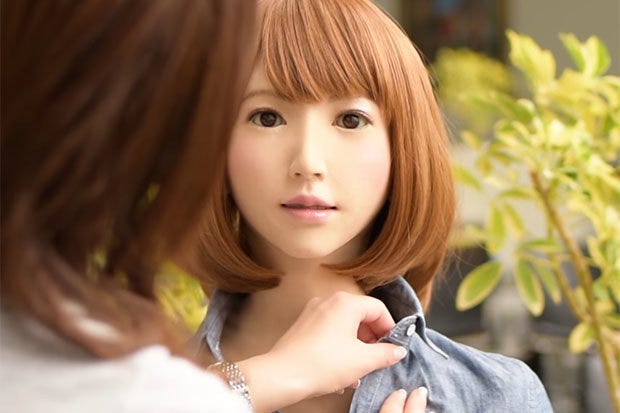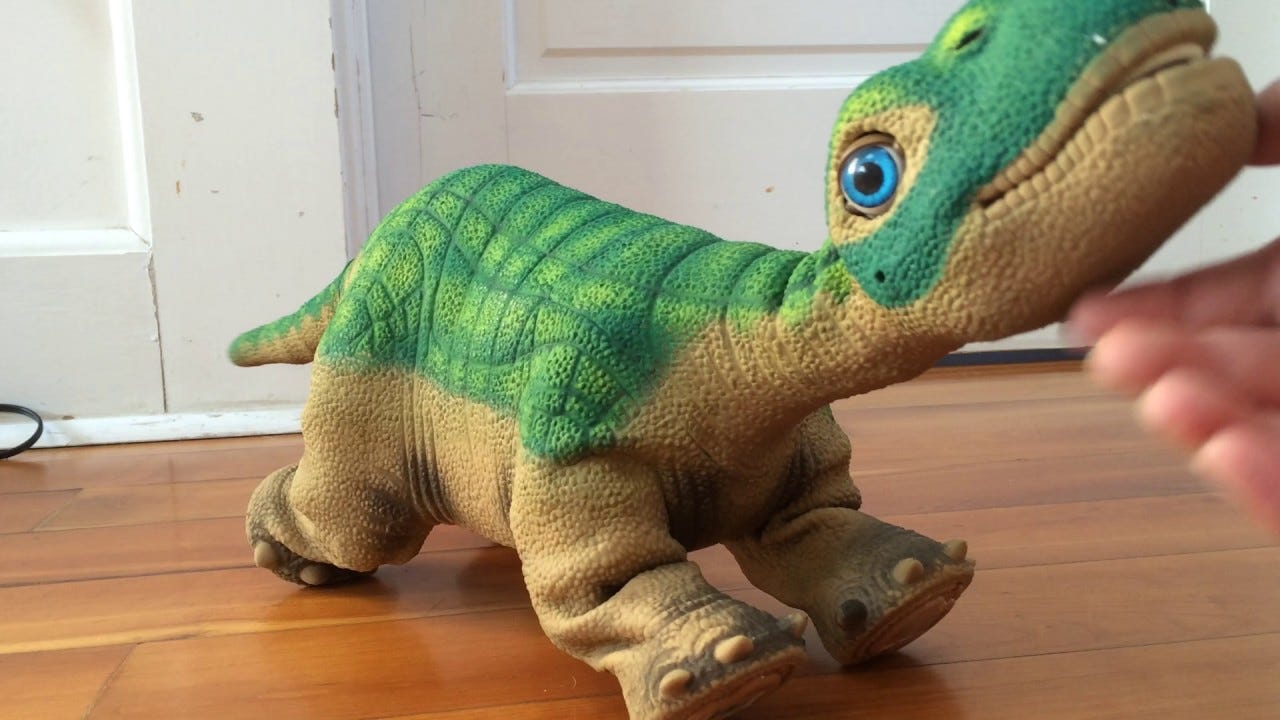When Humans Bond with Machines
When Humans Bond with Machines


It’s hard to look away from a robot. Especially the ones that look most like us. As David Rose points out in Enchanted Objects, the uneasy feeling provoked by machines that approach human likeness (the “uncanny valley”) betrays our fascination with the line between human and not-human— and, closely related, our persistent desire to be set apart as a species, one of a kind. This category confusion raises the question of how humans emotionally react to and connect with machines, from human-like androids to the screens we carry in our pockets.
MIT researcher Kate Darling explores this phenomenon in experiments utilizing Pleo, a cute, pet-like dinosaur robot designed to learn tricks and interact with humans. After participants play with Pleo for an hour, Darling hands them a weapon and asks them to dismember the toy. The physiological and emotional reactions are stronger than Darling even predicted.


Sherry Turkle, another MIT researcher whose work focuses on the psychology of human relationships with technology, “believes that machines should not look human or appear charming precisely so they will not activate human emotions, and thus the distinction between humans and machines will be preserved” (Rose, p. 45).
Turkle’s stance made me wonder: How do emotions factor into human relationships to non-digital objects, and what can we learn from that to apply to our rapidly evolving digital relationships?
Object as prosthetic identity
In the film Castaway, Tom Hanks’ character is marooned on an island and bonds with a beached volleyball, which he names Wilson. Wilson transforms into a companion, the movie’s costar, helping the man hold onto hope and his sense of self.


Wilson represents an extreme case, but our emotional attachment to objects and our perception of objects as symbols of self are well documented. A psychologist who researches human attachment to objects observes that,
“As our lives unfold, our things embody our sense of self-hood and identity still further, becoming external receptacles for our memories, relationships and travels. . . . How much we see our things as an extension of ourselves may depend in part in how confident we feel about who we are.”
Your grandfather’s watch, a souvenir from Oaxaca, the cork from a bottle of vintage wine. All these things become avatars for what they represent: human connection, adventure, values and passions.
In American culture, where materialism and consumerism can be extreme, object attachment often comes with a negative connotation. We admire people who sell all their stuff to backpack around the world, or move into a tiny home, or live out of an Airstream. Reality shows like Hoarders serve as dystopian warnings against the psychological weight of our stuff.


But researchers argue that materialism isn’t universally maladaptive. What’s important is not the attachment itself, but what motivates that attachment.
When material attachments are linked with pro-social or self-determining desires, such as belonging to a group or finding personal freedom, studies have shown an overall effect of positive well-being.
The human–machine relationship
If humans form bonds with volleyballs and bottle corks, it’s futile to assume we can design digital objects that avoid activating human emotions. We’re hard wired to emotionally connect to the things, digital or not, in our possession.
But if we apply the insights learned from object attachment research, it’s not the emotional connection between human and machine that is the problem. It’s what motivates that connection.
We have an ethical obligation to consider the nature of the emotional connection that digital objects provoke. Does the connection with the machine enable the user’s greater well-being? Or does it isolate, manipulate, or negatively impact the user’s sense of self?
